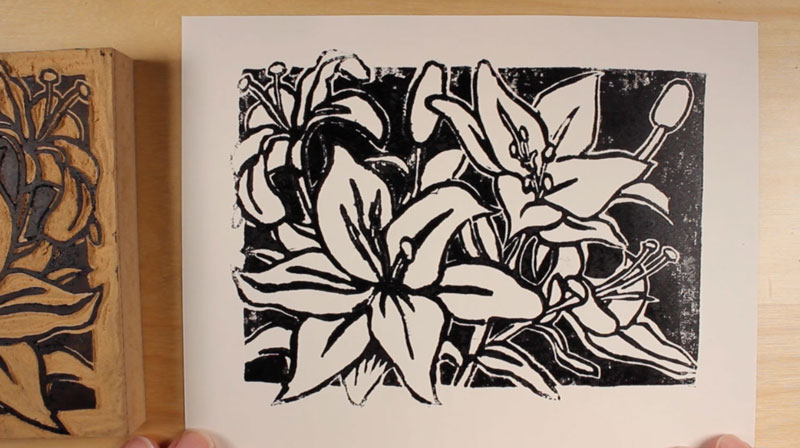Unveiling the Ancient Origins of Printing: Exploring the World's Oldest Printing Techniques
Printing, as a means of reproducing text and images, has played a pivotal role in the dissemination of knowledge and culture throughout human history. While modern printing technologies have revolutionized the way we communicate, it is fascinating to delve into the roots of this ancient practice and explore the world's oldest form of printing. In this article, we will embark on a journey through time to uncover the earliest printing techniques that have shaped the course of human civilization.
- Cave Paintings and Stenciling:
Long before the advent of paper and ink, our ancestors sought ways to leave their mark on the world. Cave paintings, dating back tens of thousands of years, can be considered one of the earliest forms of printing. These intricate depictions of animals and daily life were created using natural pigments and stenciling techniques. By placing their hands against the cave walls and blowing pigments over them, early humans were able to produce striking imprints that endure to this day. - Cylinder Seals and Mesopotamian Clay Tablets:
Moving forward in time, we encounter the ancient Mesopotamian civilization, renowned for its contributions to human development. Cylinder seals, small engraved cylinders made of stone or clay, were used as a form of printing in Mesopotamia around 3500 BCE. These seals, when rolled onto clay tablets, left behind intricate impressions that served as signatures or marks of ownership. This early form of printing not only facilitated administrative tasks but also paved the way for the development of written language. - Chinese Woodblock Printing:
In the East, China holds the distinction of being the birthplace of woodblock printing, which emerged during the Tang Dynasty (618-907 CE). Woodblock printing involved carving characters or images onto wooden blocks, which were then inked and pressed onto paper or silk. This revolutionary technique enabled the mass production of books, religious texts, and artwork, contributing to the spread of knowledge and cultural exchange throughout ancient China and beyond. - Moveable Type Printing:
The world was forever changed with the invention of moveable type printing by Johannes Gutenberg in the 15th century. This groundbreaking innovation involved individual metal or wooden letters that could be rearranged to form different words and sentences. Gutenberg's printing press, combined with moveable type, revolutionized the production of books, making them more accessible to the masses and sparking the Renaissance and the Age of Enlightenment.
Conclusion:
From the primitive cave paintings to the sophisticated moveable type printing, the world's oldest forms of printing have shaped the course of human history. These ancient techniques laid the foundation for the printing technologies we rely on today. As we marvel at the convenience of modern printing, it is essential to acknowledge and appreciate the ingenuity of our ancestors who paved the way for the dissemination of knowledge and ideas. The world's oldest form of printing serves as a testament to human creativity and the timeless quest for sharing information.

Post Comment